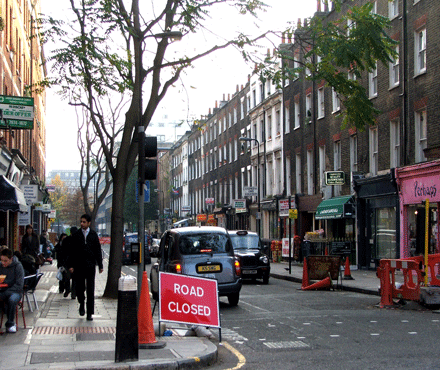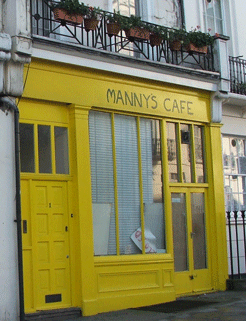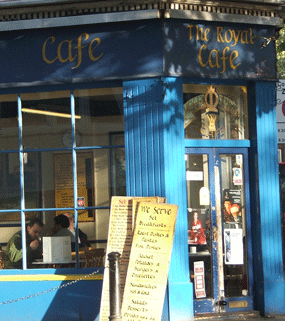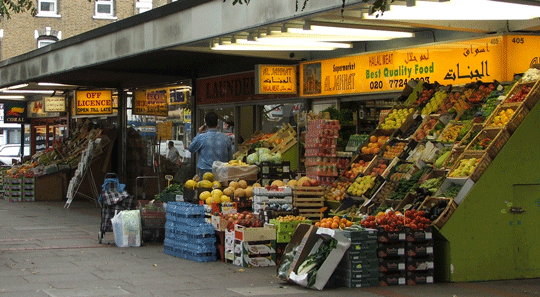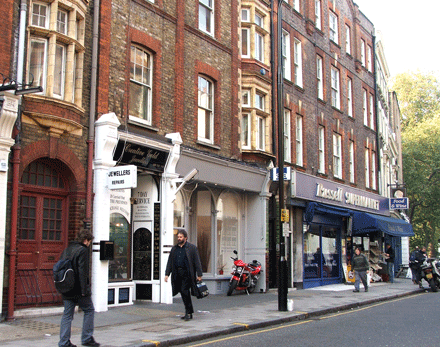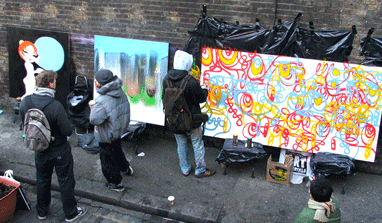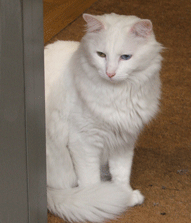Tales of a 21st Century Gypsy
November 21, 2005. London.
I’ve been in London for three days on the way back to the US from Malawi. I hesitate to say “home” from Malawi. I’m not sure what home is any more, except that I’m looking forward to being back in my van, on my own, not constrained by work or people around me.
I love London. I have always felt a tie to this city, since my earliest friend moved here with her family when she and I were six years old, and we visited them two years later. I always said I wanted to live in London, and I’ve attributed my desire to travel to seeing my best friend head overseas when we were children. She's back in New York now, but I’ve spent my life traveling.
